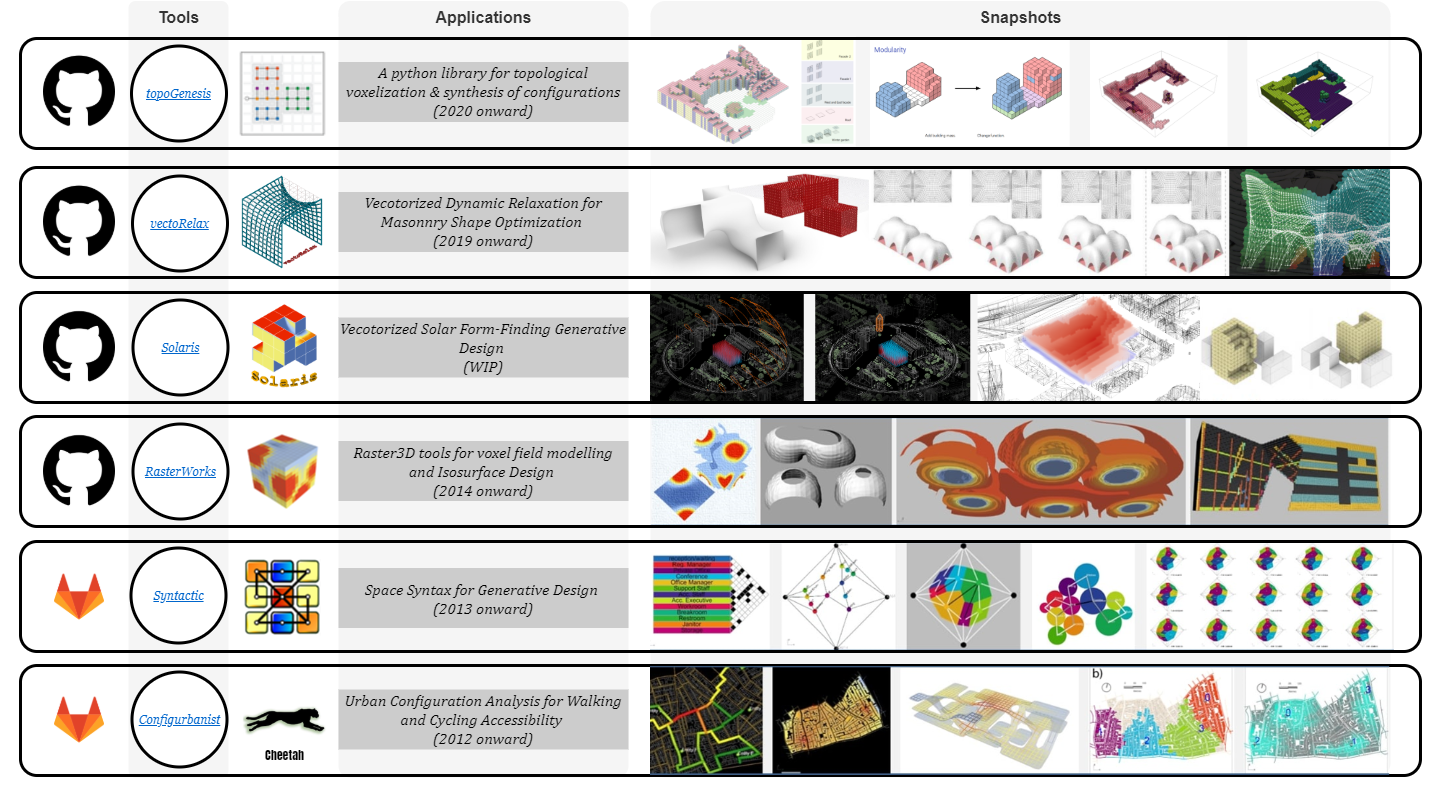Generative Design
Generative Design
Generative Design
$$:=$$
{Simulation-Driven, Gradual, Transparent, Explainable, and Reproduceable}
‘Combinatorial Generation’
of
{a Navigable Catalogue of Valid/Optimal Design Alternatives}

What is Generative Design [in architecture]? Where does Generative Design stand in the field of Computational Design? How does it differ from Parametric Design? What is the meaning of design methodology? What research methods are utilized in generative design? These are the questions that this talk answers. The Scientific Method is a meta-level term to describe research methods that can derive objectively verifiable and reproducible knowledge. This lecture discusses the aim, the theoretical underpinnings, and the practice, of the scientific method in systematic exploration/itemization and/or systematic deduction/derivation in [architectural] design given measurable functional or performance objectives and physical constraints.

According to the widely accepted definition of sustainability as the intersection of environmental-economic efficiency, social-environmental comfort, and social-economic equity, the relevance of generative design research can be understood in terms of:
- Environmental Relevance: [Feedforward] Mathematical Design Optimization considering environmental goals for reaching efficient-comfortable such as the 100% percent mathematical climatic design procedures maximizing solar gain and daylight or prevention of urban heat islands \
- Economic Relevance: [Combinatorial] Design Customization using Generative Grammars for maximizing the economic utility of buildings according to the subjective goals of individuals for supporting economic vitality and diversity; these processes provide high-tech design procedures for low-tech construction or efficient-equitable mass production of building components while providing for rich diversity in the produced stock \
- Social Relevance: [Gamified] Participatory Design using Game Theory, Graph Theory, Markov Design Machines and Operations Research, provides for generation of equitable-comfortable designs and converts the design process from a process based on drawings to one based on a logically structured chain of decision-making processes. Our cutting-edge research and digital innovation in this line of work is manifested in the EquiCity and GoDesign projects, as well as the works of Nan Bai on social inclusion in global social networks using Graph Theory, Game Theory, Complexity Sciences, and AI.